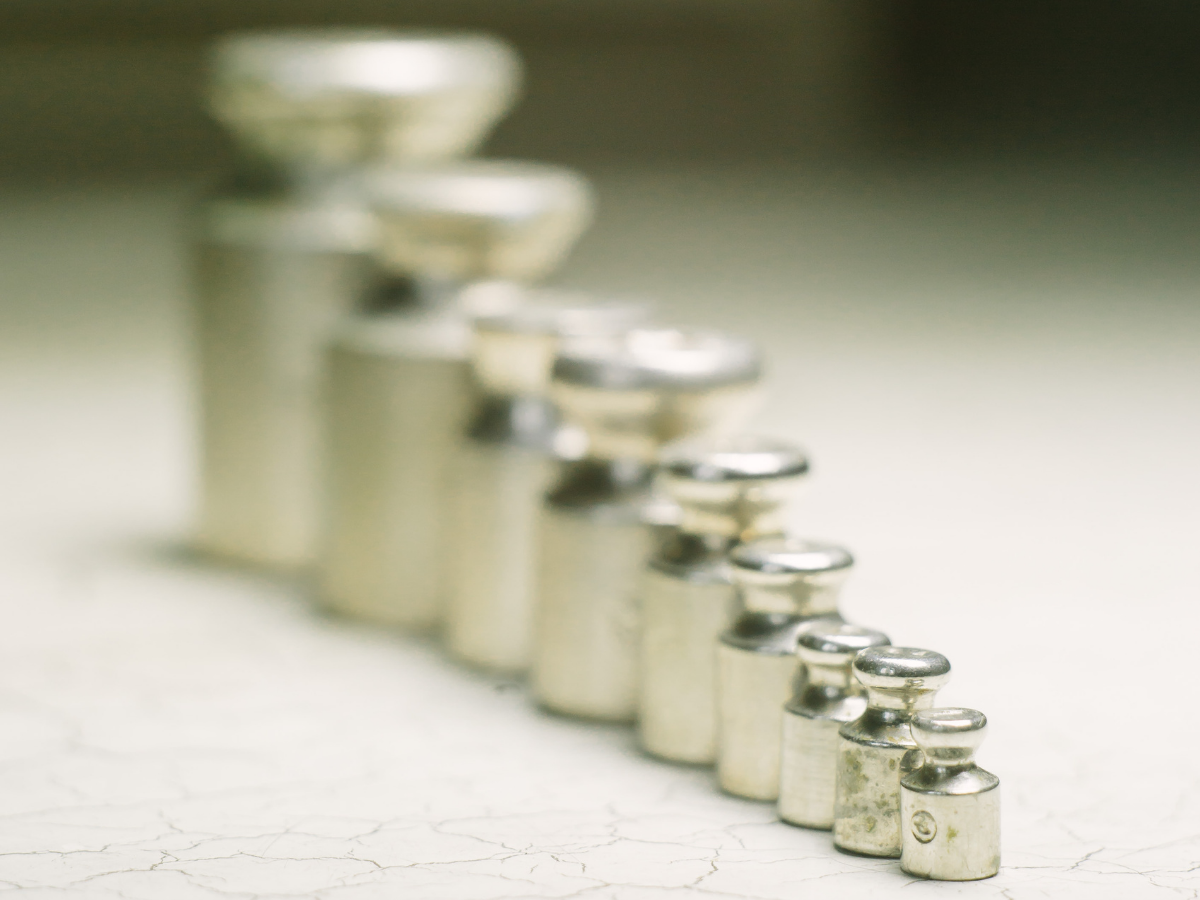Struggling with weight loss or managing type 2 diabetes can feel like a never-ending cycle. You try one diet after another, only to regain the weight or face blood sugar spikes that feel impossible to control. Enter GLP-1 receptor agonists medications changing the way doctors approach weight and blood sugar management.
In the Philippines, these treatments are becoming more popular thanks to growing awareness of obesity, diabetes, and metabolic health, with WHO data showing increasing rates of overweight and obesity across South East Asia. But how do GLP-1 drugs work? What dosage is right for you? And can you safely use them for weight loss even if you don’t have diabetes? This guide breaks down GLP-1 medications, including a dosage chart and personalized treatment insights so you can better understand how they work—and whether they’re right for your health goals.
What Are GLP-1 Receptor Agonists?
GLP-1 stands for glucagon-like peptide-1, a hormone that helps regulate appetite and blood sugar levels. GLP-1 receptor agonists mimic this natural hormone to:
-
Slow down gastric emptying
-
Increase insulin secretion
-
Decrease glucagon release
-
Reduce appetite and food intake
These effects lead to lower blood sugar levels and gradual, sustained weight loss.
GLP-1 Dosage Chart by Medication
Understanding how dosage increases over time is crucial to managing side effects and achieving results. GLP-1 medications are typically started at a low dose and increased gradually.
The following table is for general educational reference only. Always follow your doctor’s prescribed dose:
|
Medication |
Starting Dose |
Maintenance Dose |
Max Dose |
Frequency |
|
Ozempic (semaglutide) |
0.25 mg |
0.5 mg |
2.0 mg |
Weekly |
|
Wegovy (semaglutide) |
0.25 mg |
1.7 mg |
2.4 mg |
Weekly |
|
Saxenda (liraglutide) |
0.6 mg |
3.0 mg |
3.0 mg |
Daily |
|
Victoza (liraglutide) |
0.6 mg |
1.2–1.8 mg |
1.8 mg |
Daily |
|
Trulicity (dulaglutide) |
0.75 mg |
1.5 mg |
4.5 mg |
Weekly |
|
Mounjaro (tirzepatide) |
2.5 mg |
10 mg |
15 mg |
Weekly |
These values are general guidelines. Personalized treatment should always be done in consultation with a licensed professional. According to a study, dose escalation helps reduce side effects like nausea and improves long-term tolerability.
How Personalization Works
Filipino patients often ask: “Can I just follow the standard chart?” The answer is—probably not. Factors like age, body weight, metabolic markers, gut sensitivity, and medical history affect your ideal GLP-1 dosage and progression.
A personalized approach considers:
-
Your BMI and weight loss goals
-
Blood sugar response
-
Side effects (especially nausea and GI symptoms)
-
Coexisting health conditions like PCOS or hypothyroidism
-
Whether you're using it for diabetes, obesity, or both
Doctors usually start you on the lowest dose, then increase it every few weeks if tolerated. Some patients stay on lower doses for longer if side effects are too strong. In the Philippines, endocrinologists from institutions like St. Luke’s Medical Center often tailor GLP-1 regimens based on lab work, lifestyle, and diet patterns common in the local population.
Who Should Consider GLP-1 Therapy?
GLP-1 medications are most often prescribed for:
-
Adults with type 2 diabetes struggling to control blood sugar
-
People with a BMI ≥30 (obesity)
-
People with BMI ≥27 with related health conditions (e.g., hypertension, dyslipidemia)
For Filipinos with a strong family history of diabetes or heart disease, GLP-1 therapy may also help reduce cardiovascular risk. According to a study in The New England Journal of Medicine, semaglutide reduced cardiovascular events in high-risk patients.
However, GLP-1 drugs are not for:
-
People with type 1 diabetes
-
Those with a history of medullary thyroid cancer or MEN 2 syndrome
-
Pregnant or breastfeeding women
GLP-1 Side Effects
Like any medication, GLP-1 drugs come with potential side effects. The most common include:
-
Nausea
-
Vomiting
-
Diarrhea
-
Constipation
-
Bloating
Most of these symptoms improve over time, especially with slow dose increases and proper hydration. Filipinos who eat rice-heavy meals or irregular schedules may need additional support to manage GI side effects. Serious (but rare) risks include pancreatitis and gallbladder issues. If you experience intense abdominal pain, seek immediate medical care. Lifestyle adjustments, like eating smaller meals and avoiding oily or greasy foods, can help reduce side effects. While most people experience only mild symptoms like nausea or diarrhea, some may face more serious side effects such as pancreatitis or kidney issues, as noted by Healthline.
GLP-1 and Weight Loss
GLP-1 medications are effective for weight loss when combined with healthy lifestyle changes. Clinical trials have shown average weight losses of:
-
Up to 15% of body weight with semaglutide (Wegovy)
-
10–22% with tirzepatide (Mounjaro), according to JAMA
But remember, these results were achieved with:
-
Ongoing use of the medication
-
Calorie-controlled diets
-
Regular physical activity
-
Behavioral support
In the Philippines, weight loss may be slower due to dietary habits and less access to weight management programs. That’s why working with a licensed doctor and support team is essential. Some people choose to complement treatment with doctor-approved nutrition and lifestyle changes.
Monitoring Progress and Adjusting Treatment
Regular follow-ups with your healthcare provider are key. They may:
-
Adjust your dosage
-
Order lab tests to monitor kidney and liver function
-
Evaluate your blood sugar, A1C, and weight
-
Address new or lingering side effects
How to Get Started With GLP-1 in the Philippines
GLP-1 medications are available in the Philippines but may require special ordering through major hospitals, pharmacies, or through authorized telehealth platforms offering licensed medical consultations. Here's how to begin:
-
Schedule a consultation with a licensed professional
-
Discuss your goals—whether weight loss, blood sugar control, or both.
-
Review your medical history and do baseline labs.
-
Start at the lowest dose and monitor your body's response.
-
Adjust every few weeks, based on your doctor’s advice.
These medications are often expensive, but some HMOs or PhilHealth-accredited clinics offer partial reimbursement for diabetes-related prescriptions. It’s worth checking your health plan if they cover these medications for you.
Supporting Long-Term Success in the Filipino Context
Managing your weight or diabetes with GLP-1 isn’t just about taking a shot. It’s about building a routine that fits your Filipino lifestyle—one that includes:
-
Eating smaller, balanced meals with less processed sugar
-
Staying active, even if it's just brisk walking in your barangay
-
Taking supportive supplements like fiber, probiotics, or multivitamins
-
Prioritizing sleep and stress reduction, which directly affect hunger hormones
If you’re just starting your journey, you can learn more from educational communities that share local wellness and health management tips. There’s no one-size-fits-all when it comes to health, but with the right plan, GLP-1 therapy can help you take control of your weight and well-being.

















